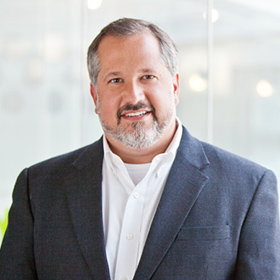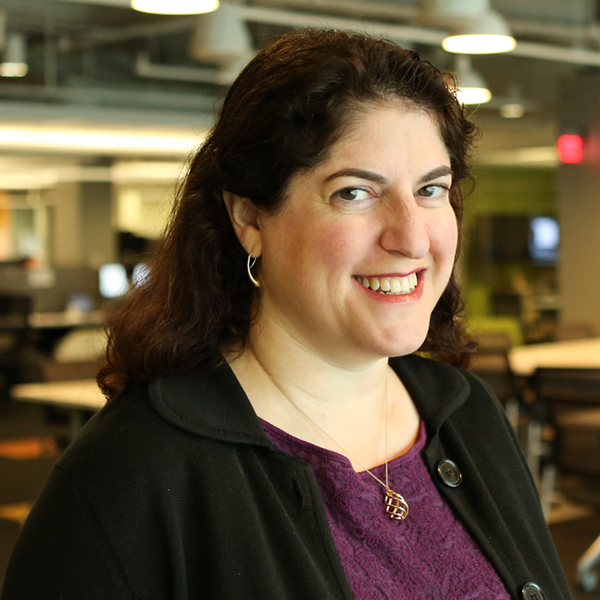The fortunes that fuel philanthropy come from the likes of Bill Gates, Warren Buffett, and others on a long list of wealthy CEOs, investors, and entrepreneurs. In their respective fields, they have taken risks and enjoyed odds-beating success. They expect nothing less from their giving.
But simply writing checks to organizations that do great work won’t create the ambitious changes many philanthropists are looking for. Even the richest individuals and largest foundations don’t have enough money to end poverty, reverse climate change, or cure cancer. Their staggering assets are tiny relative to the dollars involved in large, complex systems like education, the environment, and medical research. According to our analysis, donations from institutional foundations and the ultra wealthy account for only 6% of the U.S. nonprofit sector’s funding.
To achieve breakthrough changes, donors need a multiplier effect—an approach that delivers many dollars’ worth of impact for each dollar invested. In short, they need to develop an investment model. To do so, donors must understand two fundamental areas: the methods of change that breakthrough results require (such as scaling high-impact nonprofit organizations or changing government policy) and how they can best support those efforts—through the roles they play, the resources they devote, and the relationships they develop. Just as for-profit investors need to be clear about how they can help a venture turn a promising idea into a thriving business, investors in social issues must be clear about how they can contribute to large-scale change.
Sadly, the “money-plus” ideal is often elusive. Our work with nonprofit leaders reveals a raft of valid complaints about their philanthropic donors—who, for example, impose (usually unwittingly) significant costs of capital on their grantees. Some of these result from burdensome application and reporting requirements—waste that is widely acknowledged but persists nonetheless. Other costs are hidden, such as those resulting from the inability of donors to help with tough organizational challenges, their excessive involvement in program design, and pressure from them to develop off-mission programs. Philanthropists rarely hear this feedback directly (for obvious reasons), but it is an open secret.
Why the dysfunction? Donors often fall in love with a program model (say, charter schools) that they believe will deliver the results they want to see in the world (ensuring that all kids graduate from high school ready for college). They don’t pay nearly enough attention to defining their investment model. As a result, they often add little value to their grantees, which imposes a high cost of capital. It’s a scenario as hopeless as a venture capital firm’s spending its time cocreating a compound with a biotech investee but being unable to help it navigate FDA approval, hire a sales force, raise the next round of funding, or negotiate with a pharmaceutical partner.
Effective philanthropists merge their program-model perspectives and their understanding of the avenues of change—a focus that informs the grantees they select and the resources they provide. For example, the foundation of conservative businessman John M. Olin supported a variety of causes in its early days, from conservation to museums. But in the wake of the political events of the 1960s, Olin became concerned about the future of free enterprise in the United States. Too few people, he thought, understood the principles of limited government and individual freedoms. Olin believed that powerful, well-researched ideas—especially those in law and economics—could have a profound long-term effect on social policies. Instead of giving to the general funds of universities, which he viewed as hostile to conservative ideals, he narrowed his focus and began supporting fledgling legal associations and law schools (the Federalist Society, for instance, and the law and economics movement at the University of Chicago). He funded conservative think tanks engaged in scholarly and legal advocacy (the Heritage Foundation, the American Enterprise Institute, and the Manhattan Institute). And he supported an array of conservative scholars who were on the cusp of true stardom, among them Allan Bloom, Bill Bennett, and Milton Friedman.
The Olin Foundation—which disbanded in 2005—could have supported many other conservative causes, and it easily could have micromanaged grantees’ agendas. It did not. With an endowment that never exceeded $118 million and a handful of staffers, it is widely recognized as having done more than any other entity in the last decades of the twentieth century to establish and institutionalize the conservative movement in the United States.
Like Olin, philanthropists can achieve a money-plus effect by first choosing the methods of change that best suit their objectives and then aligning their activities with their approach. In addition to exploring those two components of a sound investment model, we will share examples of donors that have built strong models to guide their donations and multiply their impact.
To read more, please see the full article at HBR.org.



